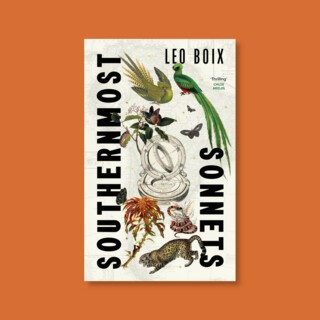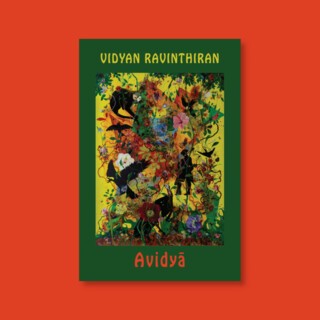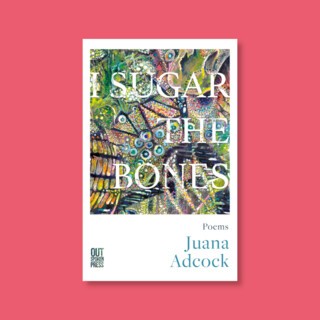‘What we can’t see, what we refuse to see’: Nicola Dinan on Bellies
Posted by Nicola Dinan

The Polari Prizes celebrate the diversity and richness of LGBTQ+ literary talent in the UK and Ireland today. This year’s winners will be announced at the prize ceremony on Friday 29 November at the British Library. Nicola Dinan’s debut novel Bellies, shortlisted in the First Book category, follows the shifts in relationship between Tom and Ming as Ming announces her intention to transition. Here, Dinan discusses the opening chapter, the dual-narrative structure, and the ‘unknowability of others’.
Bellies tells the story of Tom and Ming through their early twenties. They fall in love, seemingly as two gay men, but their relationship is upended when Ming reveals she is trans and intends to transition.
‘I wore a dress the night I first met Ming.’
The opening sentence – narrated from Tom’s perspective – is a deliberate attempt at irony: the circumstances in which Tom finds himself – in his much shorter ex-girlfriend’s leopard print dress – produces in him the same discomfort which Ming, later in the novel, reveals she has felt her entire life.
As he moves to introduce himself to Ming, Tom finds himself admiring Ming’s beauty: ‘Two thin and inky arches took refuge above the ridge of his brow bone, framing his dark, long eyes. Above and below the make-up was a handsome face. A delicate face.’ Tom is beguiled not necessarily by Ming’s attempt at crossdressing, but by Ming’s confidence in doing so – Tom, at this stage of the novel, is what one might call a baby queer. The irony, again, is that Ming’s comfort betrays a deeper desire towards an identity and mode of presentation which will ultimately alienate Tom.
While Chapter 1 stages the meet-cute between Tom and Ming, it is therefore also peppered with foreboding, all of which Tom is blind to. This is of course in contrast to the reader, who inhabits the privileged position of spectator. When Tom asks if Ming will do drag again, Ming replies that ‘I feel more confident in my body when I do it’, and later ‘it sort of stops feeling like my body’. When Tom asks ‘Do you not like your body normally?’, Ming retorts, ‘Does anyone?’. Tom shrugs this off as ‘weird’, unaware that the seeds which he would ultimately blame for his life falling apart were sown from the very beginning.
Instead, Tom is pregnant with hope. While undressing Ming, Tom notes that ‘the panels of his corset split with the tectonic slowness of continents, his back the mantle from which the world would open’. Tom sees in Ming the confidence that he himself lacks. In Ming, Tom not only seeks a partner, but a means to salvation – freedom from the ‘aching joints of a shame-filled youth’. When Ming asks Tom to place his head on Ming’s belly, he narrates that ‘the system beneath it seemed larger and more powerful than the belly of a boy … It was a dark and endless canyon. The deep deep sea, outer outer space.’ Despite Tom’s observation, he doesn’t recognise there may be hidden truths beneath a careful façade. What we understand about others is often a function of what we project on to them. The unknowability of others is therefore a result of what we can’t see and what we refuse to see. This idea is present across Bellies, and to be honest, much of my other work.
Chapter 1 is told from Tom’s perspective, and it would not have worked to narrate it from Ming’s. As hinted in the above exchanges, Ming’s relationship to drag is anything but simple, largely due to her troubled relationship with her body and burgeoning understanding of her own identity. Opening the reader to Ming’s perspective at this point would mean giving away too much. In fact, although the novel has a dual-narrative structure, alternating between Tom and Ming, we do not reach Ming’s perspective until Chapter 5. I wanted to offer these initial chapters as grounds for contemplation once Ming reveals that she’s trans: what did Tom miss? What did the reader miss? And for those enthusiastic enough to revisit what they’ve read, how differently do these interactions read with a newly developed understanding of Ming’s identity?
Find out more about the Polari Prize shortlists here.





